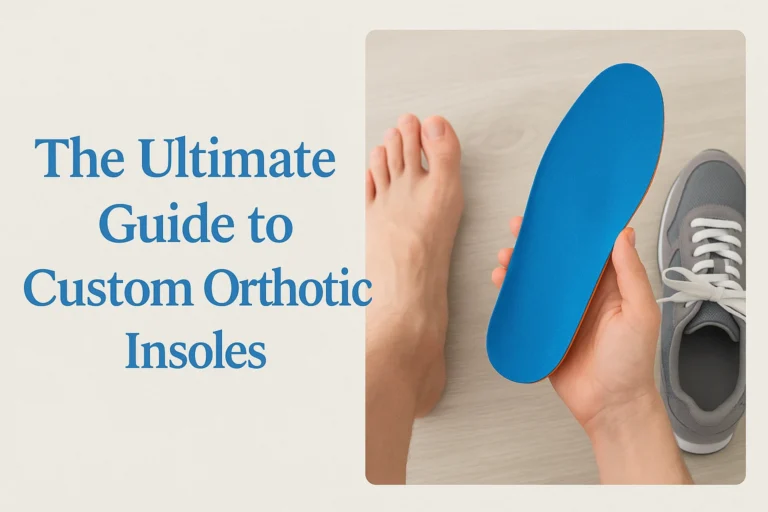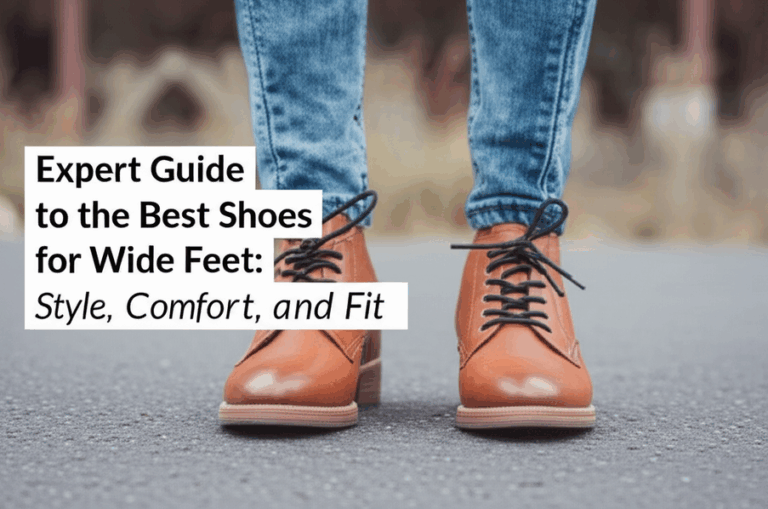Types Of Insoles: Which One Is Right For Your Feet?
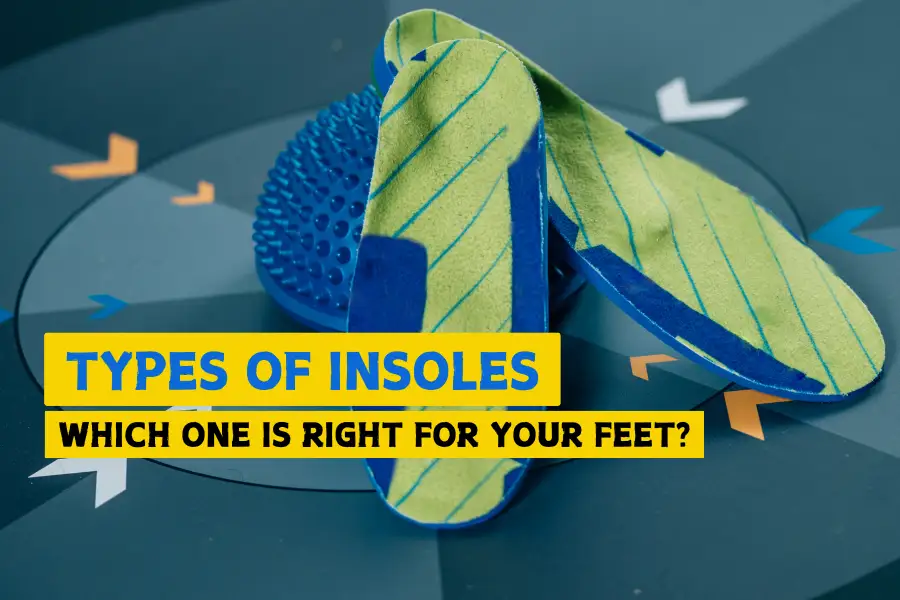
All of our activities, whether racing, jumping, or simply walking, begin with our feet. However, few individuals place a high value on nice shoe insoles. Insoles are more than just an accessory; they provide comfort and support and can even help treat common foot disorders like arch discomfort and plantar fasciitis.
However, with so many different types of shoe insoles available, how can you know which one is best for your foot? There are numerous insole types to meet a variety of purposes, such as specific work or athletic activities, such as running, dancing, or hiking. In this post, we will discuss the different types of insoles to help you make the best decision for your feet.
Types of Insoles by Functionality
Insoles are designed to meet specific needs and conditions of the foot. Understanding what they do will help you find a pair that can increase comfort, support, and health for your feet. Whether you are looking for insoles for sneakers or dress shoes, there must be one for you.
Cushioned Arch Support Insoles
Cushioned arch support insoles feature a soft base, with extra added padding to ease the strain on arches. These shoe inserts reduce foot fatigue if one has to stand or walk for long periods. Thus, they work wonderfully for individuals suffering from mild pain in the arches or even general relief.
Orthotic Arch Support Insoles
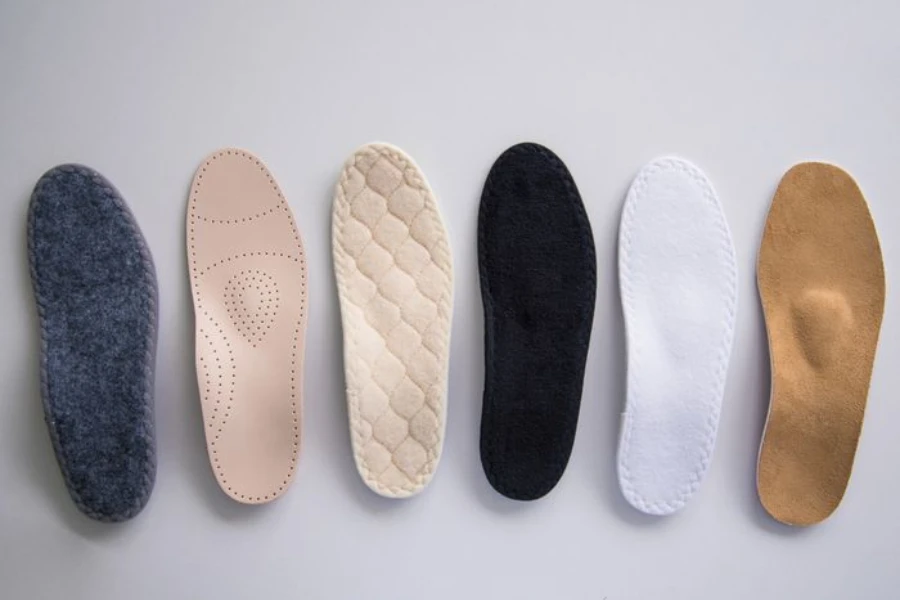
Orthotic insoles are made of firmer material, which suits those with specific foot conditions such as flat feet, plantar fasciitis, or overpronation. These insoles offer structured support, helping to align the feet and distribute weight evenly across the footbed.
Flat Cushion Insoles
Flat cushion insoles, or replacement insoles, are basic yet essential for everyday footwear. You can pick them for shoes that lack adequate padding or have worn-out soles. Although flat insoles don’t offer arch support, they are lightweight, flexible, affordable, and easy to fit into most types of footwear.
High Heel Insoles
You can easily recognize high-heel insoles with thick cushioning on the ball of the foot. Many high-heel insoles feature gel padding for added comfort and shock absorption. They’re an excellent choice to achieve an elegant look without sacrificing comfort.
Heavy Duty Insoles
Heavy-duty insoles are built to handle tough conditions and provide maximum support for people engaged in physically demanding activities. They are durable and can help reduce foot fatigue as well as protect against injuries.
Types of Insoles by Material
The material types of insoles will determine their comfort, durability, and suitability for specific needs. Each variety of insoles has some unique benefits that suit specific activities and preferences. Let’s consider the most popular varieties of insoles according to their material.
Memory Foam Insoles
Memory foam insoles are extra soft and will maintain your foot’s shape with comfort and support. The material distributes body weight evenly to reduce pressure on sensitive areas, relieving sore feet. Therefore, foam insoles are the favorite choice of many people.
Gel Insoles
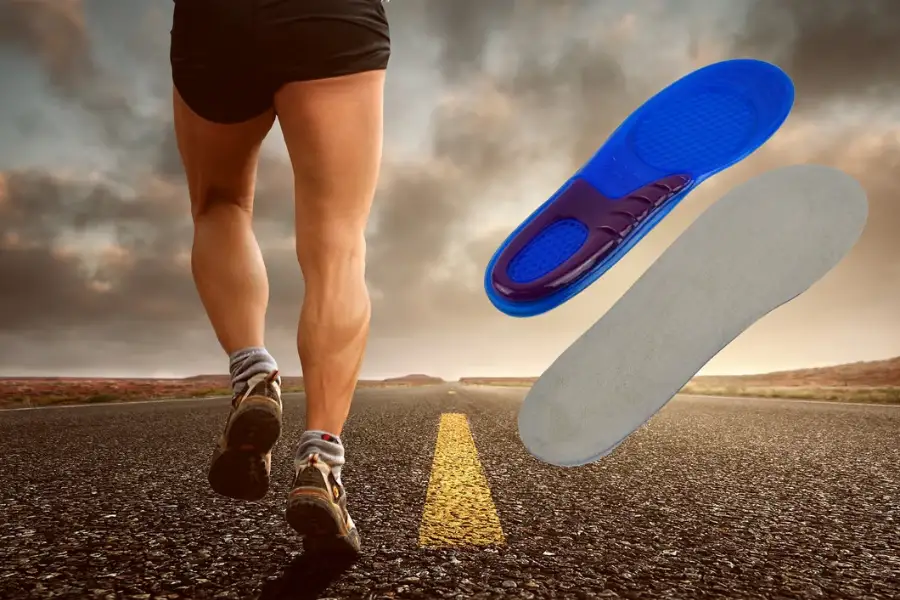
Gel shoe inserts are designed to provide superior shock absorption and cushion. That is why this type of insole is highly recommended for high-impact activities like running or hiking. This gel material allows the weight to be distributed evenly across the feet to minimize pressure points, especially in the heel and ball of the foot. In addition, such insoles are popular for everyday wear because they are soft and supportive.
Leather Insoles
Leather types of insoles offer natural breathability and the ability to wick away moisture. They are made from durable leather material and give a classy look. Leather shoes inserts are especially popular for dress shoes and formal footwear. They are long-lasting and mold themselves to the contours of your foot over time, thus providing a personalized fit.
Warm & Wool Insoles
These kinds of insoles are designed for both hot and cold weather conditions. These insoles, made from natural wool or synthetic blends, provide excellent temperature regulation. Your feet will be kept cool in the summer days and warm in the winter months. Thus, they are very suitable for winter boots or outdoor activities in cold conditions. They also wick moisture away to keep your feet dry and comfortable even in freezing temperatures.
Heat-moldable Insoles
Heat-moldable insoles give a truly custom fit because you can mold them to your feet. First, by heating up insoles for a short period in the oven, and then standing on the insoles while they cool, you will be able to mold insoles to your unique foot shape instantly.
Types of Insoles by Activity
The right insoles can make all the difference in comfort and performance enhancement for specific activities. Let’s see how much insoles can help and support you when running or joining in other rough activities.
Sports Insoles
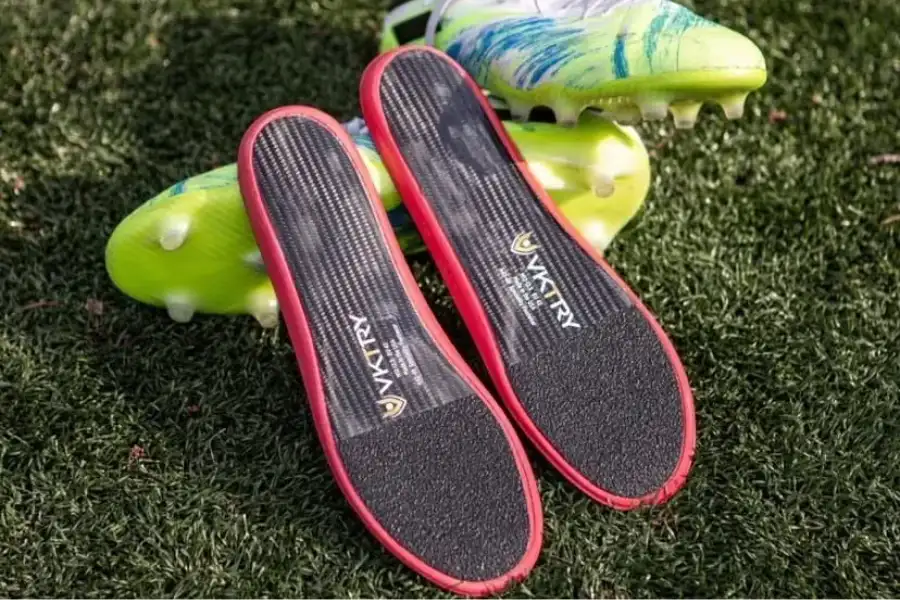
Sports insoles are designed for great shock absorption and stability, giving the best performance without increasing the risk of injury. They provide stronger arch support and heel cushioning to absorb the impact of each step during high-intensity, repetitive movements. Thus, sports insoles are ideal for runners, pickleball players, or tennis players to enhance balance, provide comfort, and increase endurance.
Work Insoles
Those who have to stand for a very long time will love this kind of insole. They provide extra comfort and support to eliminate fatigue. These normally have thick cushioning and arch support and are meant for jobs involving much standing, walking, or lifting. Some work insoles also feature anti-slip properties for safety in hazardous environments.
How To Choose The Best Insoles For Your Feet?
The right types of insoles can make a big difference in comfort and health for your feet. The type that is most suitable will depend on the structure of your foot, the style of your shoe, and your activity. Here is a simple guide to help you find the best fit for you.
Insole Sizing
Insoles come in a lot of sizes and often match standard shoe sizes. Some insoles are trim-to-fit, which means that you can trim the insole down to fit your exact size. Always make sure the insole fits snugly in your shoe without causing pressure points or shifting during activity. A properly fitted insole should support your foot properly, not shifting during activity.
Foot Arch Type
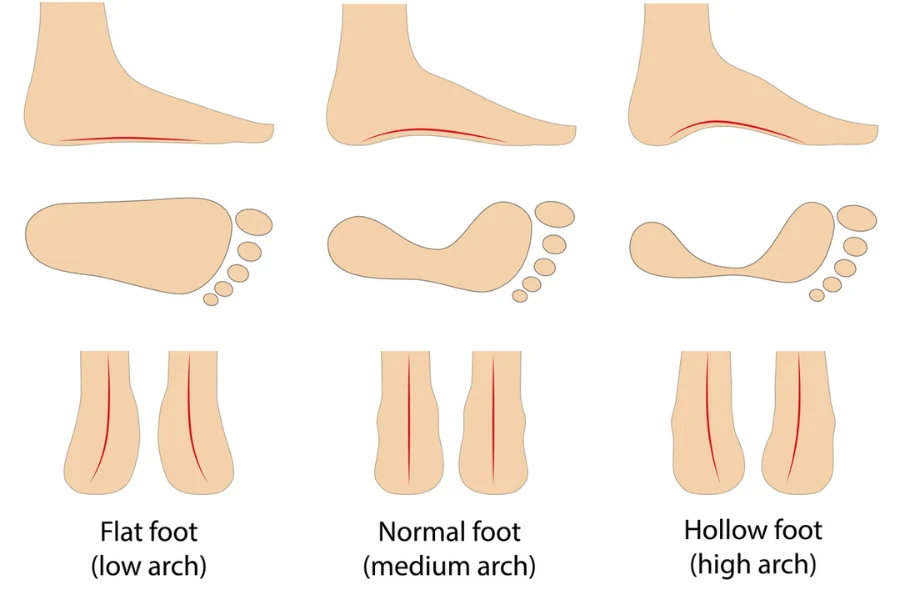
Your foot arch can be normal, flat, or high arch, and each of these will determine the kind of support you require. Low arches need insoles with firm arch support that prevents overpronation, while high arches need extra cushioning to distribute the weight properly.
Shoe Sole Type
Different types of shoes call for different insoles to achieve ultimate comfort. Most athletic shoes are best complemented with performance insoles, while slim, low-profile insoles are best for dress shoes. Work boots require insoles that are more durable and have extra cushioning. Consider the shape and flexibility of your shoe soles to ensure the insole integrates seamlessly without altering fit or function.
Material
Insoles are made of several materials, each with specific benefits. Gel insoles offer great shock absorption, memory foam insoles mold to the shape of your foot, and leather insoles add a touch of class while wicking moisture. For cold weather, warm wool insoles keep feet cozy, while heat-moldable insoles offer a customized fit. Choose a material that best fits your comfort and activity level.
Final Words
Now, you know that selecting the right types of insoles is important to bring comfort and support to your feet. You can consider functionality, material, and activity-specific features to find the best fit. If you wear a pair of appropriate insoles, then every step will feel light and supportive. So, research and get the right thing for your foot today!


